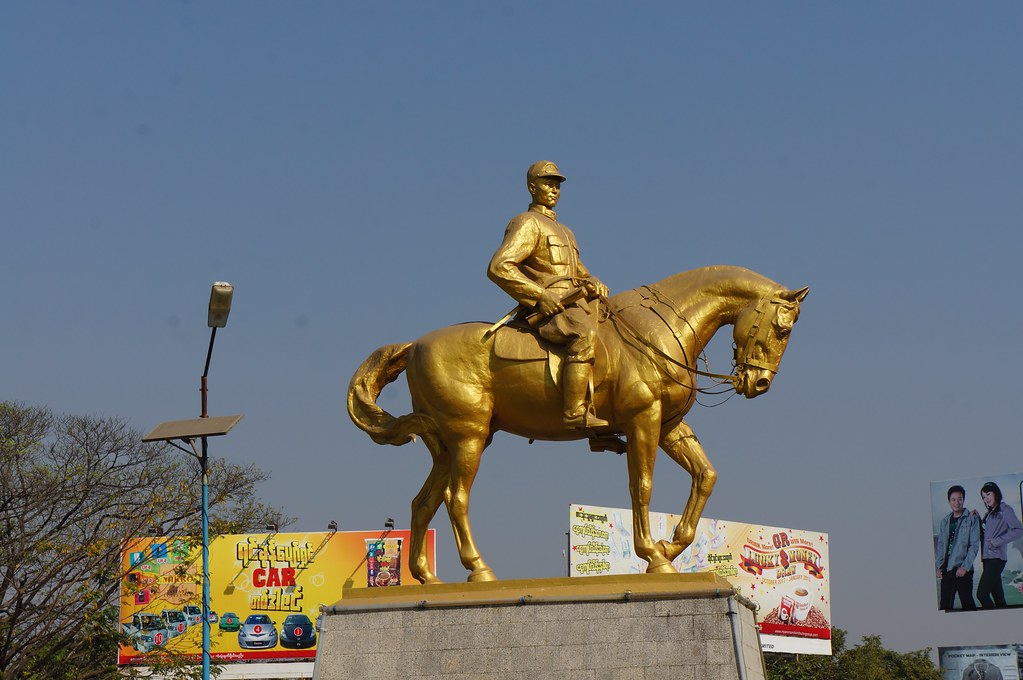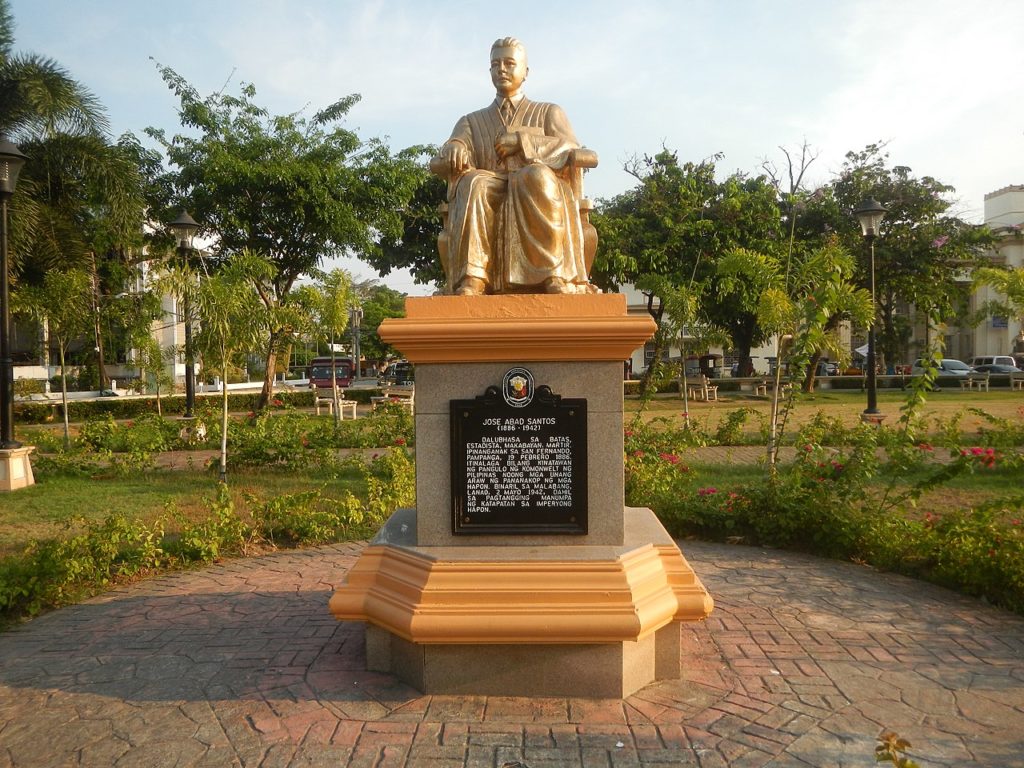Emblazoned on bank notes across Southeast Asia, from the Indonesian rupiah to the Philippines peso, are the faces of Asean’s most inspiring patriots.
In a region once beset by colonial rule, these courageous men and women were instrumental in their country’s struggle for independence, fighting for freedom at great risk to themselves, often paying the ultimate price.
Tjut Meutia – Indonesia
Indonesia’s 1,000 rupiah note immortalises Acehnese freedom fighter Tjut Meutia, a noblewoman who took to the jungle to battle the Dutch, who invaded her homeland in 1873.
Independent and headstrong, Tjut Meutia never let anything get in the way of what she believed in. Upon discovering that her first husband was not willing to challenge Dutch rule, she divorced him and married his brother, Teuku Cik di Tunong, who was already leading revolts against the colonial government.
In 1899, with Teuku Cik by her side, she battled the Dutch, employing espionage to gauge the weaknesses of the Dutch forces, and strategic attack-and-retreat tactics to destroy their military defenses.
When Teuku Cik was captured and executed by the Dutch in 1905, Tjut Meutia married freedom fighter Pang Nanggroe, and continued to brave the hardships of life as a guerilla while raising her son in the jungles of Aceh.
 Even when Pang Naggroe was killed in September 1910 while battling the Korps Marechaussee, a Dutch colonial unit tasked with quashing insurgency in the Dutch East Indies, Tjut Meutia continued to attack and seize colonial posts.
Even when Pang Naggroe was killed in September 1910 while battling the Korps Marechaussee, a Dutch colonial unit tasked with quashing insurgency in the Dutch East Indies, Tjut Meutia continued to attack and seize colonial posts.
Unfortunately, Tjut Meutia never got to see the freedom she strove for. Dutch counter-insurgency troops pursued her band of guerillas, tracking them through the jungles of Aceh before finally ambushing them at their hideout in Paya Cicem on 24 October 1910.
Despite the fierce fight put up by Tjut Meutia’s guerillas, they could not repel the Dutch. But even cornered as she was, surrendering was never an option for this brave icon of the armed resistance.
Brandishing her rencong, an Achenese blade, she charged her would-be captors, perishing in a hail of bullets.
In 1964, Tjut Meutia was recognised as a National Hero of Indonesia, a posthumous award given to those who demonstrate “extraordinary service furthering the interests of the state and people”.
General Aung San – Myanmar
In Myanmar, Martyrs’ Day is dedicated to the memory of General Aung San who was assassinated on 19 July 1947, along with a bodyguard and seven of the most promising leaders of the pre-independence interim government.
In 2020, the country marked the day by releasing commemorative banknotes paying tribute to the enigmatic general and his colleagues.
Although political rival U Saw was hanged for the crime, he insisted he was framed. Today, conspiracy theories abound on who really orchestrated the killings, with shady plots involving buried leads and classified documents that point to British connivance.
What is known for sure is that General Aung San was a fiercely anti-imperialist and anti-British revolutionary who envisioned a united, independent Burma and spearheaded the liberation movement.
 As a student, he joined the Thakhins, a radical nationalist group that led strikes and demonstrations across the country, earning them the status of the Crown’s most wanted.
As a student, he joined the Thakhins, a radical nationalist group that led strikes and demonstrations across the country, earning them the status of the Crown’s most wanted.
During World War II, Aung San even worked with Japanese intelligence and recruited revolutionaries for secret military training.
These men, the Thirty Comrades, swore an oath to sacrifice all for their people, and laid the foundations for the Burma Independence Army that marched into Myanmar with Japanese forces to oust the British in 1941.
For Aung San, the path to independence was riddled with political potholes, and he often had to act strategically to advance his cause, shifting alliances between the Japanese and the British.
Although branded by the British as a “traitor rebel leader” of a “quisling army”, the goal for Aung San was always complete liberation from all oppressors.
In January 1947, Aung San finally negotiated with British Prime Minister Clement Attlee the terms of independence that would see Myanmar achieve its long sought freedom within one year.
But Aung San was brutally gunned down during a cabinet meeting just six months before Myanmar’s independence on 4 January 1948. He was only 32.
Ho Chi Minh – Vietnam
The Vietnamese dong bears the face of Ho Chi Minh, a revolutionary who fought one of history’s longest battles against colonial powers and the father figure of modern day Vietnam.
In his 20s, while living in France, he was exposed to the ideas of the Socialist Party of France and lobbied for Vietnamese independence during the 1919 Versailles Peace Conference.
Although Ho’s demands for equal rights for French subjects in Indochina were largely ignored, his conviction made him a hero to politically conscious Vietnamese.
In 1924, he recruited countrymen in political exile in Guangzhou for a nationalist movement to oppose French rule, which led to the formation of the Indochinese Communist Party six years later.
For his revolutionary activities, Ho was condemned to death in absentia in 1929, and arrested in Hong Kong in 1931. The French sought to have him extradited to face his sentence but Ho’s legal counsel managed to foil their plans.
 Nevertheless, Ho’s challenges continued for decades. In the 1940s, he formed the Viet Minh, a national coalition of anti-French and anti-Japanese groups, to push for independence.
Nevertheless, Ho’s challenges continued for decades. In the 1940s, he formed the Viet Minh, a national coalition of anti-French and anti-Japanese groups, to push for independence.
But even after declaring independence in 1945 following the surrender of the Japanese, who had ousted the French from Vietnam during World War II, Ho had to contend with France trying to reassert control.
In 1946, while trying to negotiate Vietnam’s independence with France, Ho’s plans were derailed when a French cruiser bombarded the coastal town of Haiphong, massacring 6,000 locals and triggering the First Indochina War.
During the Second Indochina War, better known as the Vietnam War, Ho didn’t back down when the US began air strikes on North Vietnam, saying, “Nothing is as dear to the heart of the Vietnamese as independence and liberation.”
Ho died in 1969 at the age of 79, never enjoying the independence he had spent his life chasing. Even so, he remains an icon of the revolution and is referred to affectionately by the Vietnamese as Uncle Ho.
Jose Abad Santos
The Philippines peso is the only Southeast Asian currency to commemorate three World War II martyrs – Chief Justice Jose Abad Santos, Brigadier General Vicente Lim, and civic leader Josefa Llanes Escoda – on a single bank note.
Growing up amid the turbulent Philippine Revolution, Jose Abad Santos keenly felt the struggles of his people and, at age 10, even provided care to revolutionists fighting the Spanish colonial powers.
This political consciousness would follow him throughout his life and see him appointed as Chief Justice of the Supreme Court of the Philippines in 1941, less than a week before administering the oath of office to President Manuel Quezon.
When the Japanese invaded during World War II and the president left to set up a government-in-exile in the US, Santos stayed with his people. He was designated as acting president, a responsibility he took seriously.
 While other officials capitulated to Japanese demands to take up positions in their puppet regime, Santos refused. He was executed by firing squad on 2 May 1942, with his son, Pepito, as witness.
While other officials capitulated to Japanese demands to take up positions in their puppet regime, Santos refused. He was executed by firing squad on 2 May 1942, with his son, Pepito, as witness.
Refusing a blindfold, Santos told Pepito, “Show to these people that you are brave. It is an honour to die for one’s country.”
Josefa Llanes Escoda
Also remembered for her unflinching resolve to stay true to her people is Josefa Llanes Escoda.
A force to be reckoned with, Escoda was a suffragist and social worker who dedicated her life to social justice, serving on the National Federation of Women’s Clubs (NFWC) and founding the Girls Scouts of the Philippines.
During World War II, Escoda’s passion for humanitarian work saw her risking her life to smuggle food, medical supplies and even messages to the Bataan and Corregidor prisoners of war held in Japanese internment camps.
Believing it was her duty to God and country, she even offered herself up as guarantor to secure the release of resistance fighters, in the hope that they would continue the fight.
In 1944, Escoda was imprisoned in Fort Santiago where she was tortured for information. She never gave in, and was executed on 6 January 1945.
In her final message to the resistance, she had one request: “If you happen to survive, and I fail, tell our people that the women of the Philippines did their part also in making the ember sparks of truth and liberty alive till the last moment.”
According to airasia.com













